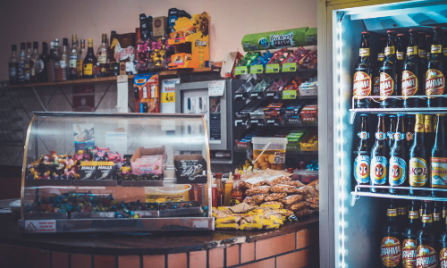cares price-and-taxation

On 1 October 2018 minimum unit price was introduced in the Northern Territory in Australia at $1.30 per standard drink. Now the initial effects have been evaluated in a new independent study by led by Professor Peter Miller from Deakin University’s Centre for Drug use, Addictive and Anti-social Behaviour Research Centre (CEDAAR). The independent research shows that the minimum unit price is contributing to the reduction of harms associated with alcohol.

The Monitoring and Evaluating Scotland’s Alcohol Strategy (MESAS) has released a study looking at the impact of Minimum Unit Pricing (MUP) that came into effect in 2018, on small businesses. It found that the prices of alcoholic drinks previously sold below 50 pence per unit have increased and retailers felt that the sales of those products most affected by MUP had reduced. Changes in the product ranges were found with retailers ceasing to stock products most affected by the implementation and instead introduced lower strength products or smaller container sizes.

Scottish Health Action on Alcohol Problems (SHAAP) has welcomed a new report from the World Health Organization Europe (WHO) which describes evidence to support pricing policies, including Scotland’s Minimum Unit Pricing (MUP) policy, as ‘extremely robust’.

As part of the final review of the PLFSS 2020, parliamentarians resisted pressure and maintained the extension of the premix tax to wine-based blends. The measure, which has been requested by ANPAA for several years, will come into force on 1 July 2020. This is a great victory for public health!

Researchers, led by a team at Newcastle University, have been looking at the impact of minimum unit pricing (MUP) on alcohol purchases in Scotland. How much alcohol are people buying in shops and supermarkets before and after the implementation of MUP up to the end of 2018.
The study said overall it represented a fall of 7.6%, or 1.2 units - the equivalent of just over half a pint of beer or a measure of spirits, a week per adult on what would have been expected. The biggest fall was among the heaviest fifth of drinkers - the amount purchased by this group fell by two units. In terms of immediate impact, the introduction of minimum unit pricing appears to have been successful in reducing the amount of alcohol purchased by households in Scotland. The action was targeted, in that reductions of purchased alcohol only occurred in the households that bought the most alcohol.

Dans un rapport publié la semaine dernière, la Cour des comptes propose d’augmenter la fiscalité sur l’alcool pour mieux lutter contre les maladies cardio-vasculaires et réduire ainsi l’impact sur les comptes publics comme cela a été fait sur le tabac. L’ANPAA appelle le gouvernement et les parlementaires à tenir compte de ces recommandations dans les discussions à venir sur le projet de loi de financement de la sécurité sociale.

If all drinkers followed the recommended drinking guidelines, the alcohol industry would lose almost 40% of its revenue, an estimated £13 billion. This is one of the main findings of a new paper published in the journal Addiction.
The analysis, carried out by researchers at the Institute of Alcohol Studies and the University of Sheffield’s Alcohol Research Group, also shows that:
Drinkers consuming more than the government’s low-risk guideline of 14 units (around one and a half bottles of wine or six pints of beer) per week make up 25% of the population, but provide 68% of industry revenue.
The 4% of the population drinking at levels identified as ‘harmful’ (over 35 units a week for women, over 50 units a week for men) account for almost a quarter (23%) of alcohol sales revenue.
The results of the study appear to contradict industry rhetoric that moderate drinking is not a threat to their business model because they can encourage drinkers to ‘drink less, but drink better’, and trade up to more expensive beverages.